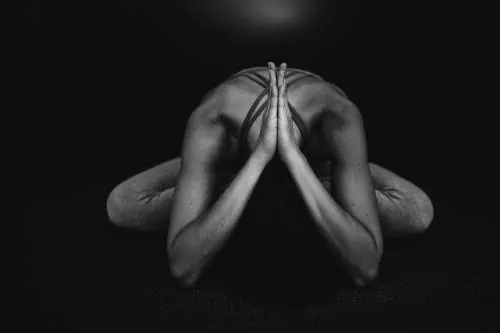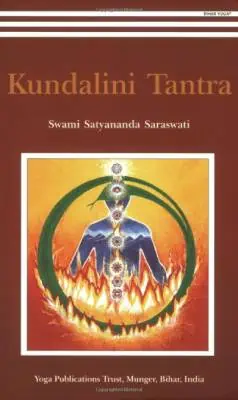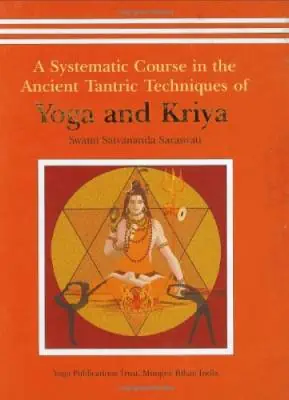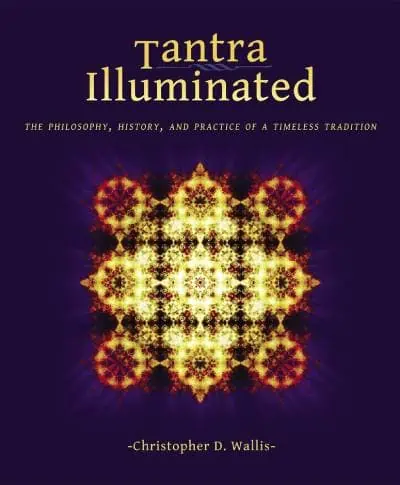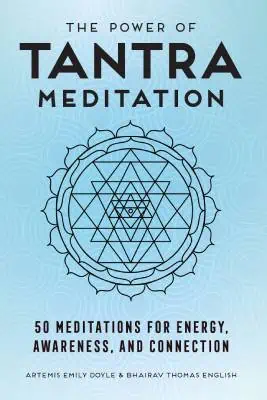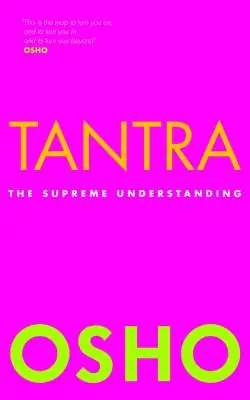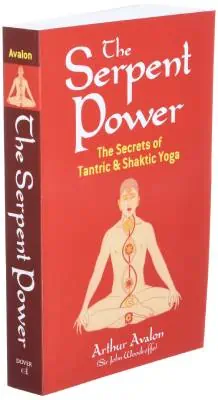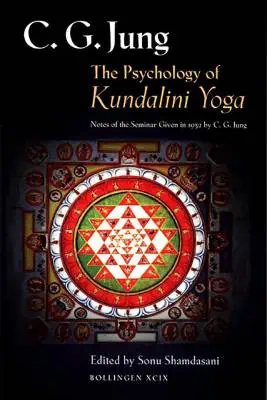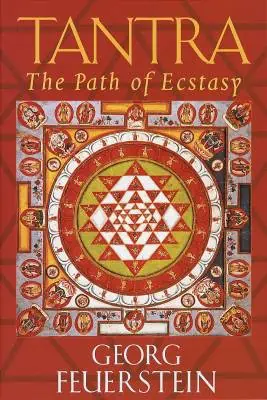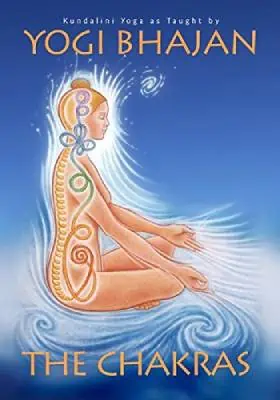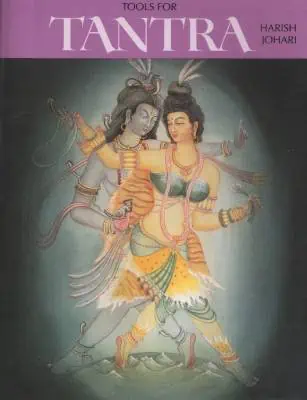Listen to this article:
Key Takeaway
Tantric meditation combines ancient techniques to deepen self-awareness and achieve spiritual liberation.
In the western world, there is much misunderstanding about what Tantra is. Many believe it is just a fancy or spiritual name for intimacy or that it involves wild, promiscuous physical encounters.
However, traditional Tantra is a type of yoga and meditation that weaves together various techniques, such as mantras, visualization, mudras, and breathing techniques. This allows you to connect deeper to yourself and achieve liberation through your physical body.
If you’re interested in yoga, meditation, or spirituality, it’s well worth learning about Tantra. Once you understand the true purpose of this ancient practice, you’ll quickly see how Tantric meditation can help your progress in your own spiritual practice.
So let’s explore what tantric meditation entails, how to do it, and the best books to learn more about it.
Contents
- 1 What is Tantra meditation?
- 2 Top 10 books on Tantra and Kundalini
- 3 Best books on Tantric and Kundalini
- 3.1 Kundalini Tantra/2012 Re-print/ 2013 Golden Jubilee edition
- 3.2 A Systematic Course in the Ancient Tantric Techniques of Yoga and Kriya
- 3.3 Tantra Illuminated: The Philosophy, History, and Practice of a Timeless Tradition
- 3.4 The Power of Tantra Meditation: 50 Meditations for Energy, Awareness, and Connection
- 3.5 Tantra: The Supreme Understanding
- 3.6 The Serpent Power: The Secrets of Tantric and Shaktic Yoga
- 3.7 The Psychology of Kundalini Yoga
- 3.8 Tantra: The Path of Ecstasy
- 3.9 The Chakras: Kundalini Yoga As Taught By Yogi Bhajan
- 3.10 Tools for Tantra
- 4 How to do Classical Tantric meditation
- 5 Tantra colors: red Tantra vs. white Tantra
- 6 Final Thoughts on Tantra practices
What is Tantra meditation?

Tantric meditation is an ancient meditation technique derived from both Hinduism and Buddhism and dates back to the 7th century or earlier. Tantric meditation combines movement, breath, stillness, sound, and initiation to open the chakras.
The Sanskrit word Tantra translates to loom, warp, or weave, referring to a specific instructional text, often presented as a dialogue between a god and goddess. These tantric texts explain the rituals and practices used to invoke the energy of the Tantric deities.
Tantra can also be translated as “web of light,” referring to the energy created from uniting male and female energies. The purpose of tantric meditation is to increase awareness of the spiritual or subtle nature of the physical body, which is your web of light.
Tantric Buddhism
Tantric Buddhism, also called Vajrayana Buddhism, emerged in various parts of India and Sri Lanka some time between the 2nd and 4th century CE. This tradition focuses on mystical practices and concepts that lead to enlightenment and is also associated with Tibetan Buddhism.
According to the Kalachakra-tantra text, the Buddha taught that you can only achieve enlightenment through the body, which contains the whole cosmos. In Tantric Buddhism, reaching enlightenment involves identifying with deities representing various cosmic forces. Buddhist monks use mudras, mantras, and mandalas to visualize and invoke these divinities.
Tantric meditation in Kundalini Yoga
Kundalini Yoga originates from Shaktism and Tantra schools of Hinduism. The purpose is to achieve spiritual growth and awaken the kundalini energy that lies dormant at the base of the spine in the root chakra. This is done through breathing techniques known as kriya yoga, often combined with physical postures, mantras, and mudras.
In kundalini tantra meditation, you work with sounds, colors, mantras, yantras, vibrations, and visualizations. Each tantric tool possesses distinct energy that uniquely affects us. However, they all have the same destined result: to awaken the serpent energy at the root chakra.
Once awakened, this divine energy that is a source of the feminine goddess Shakti travels up the spine to the crown of the head, opening all the chakras. Once it reaches the crown chakra, it is known as a kundalini awakening or enlightenment.
Tantra yoga
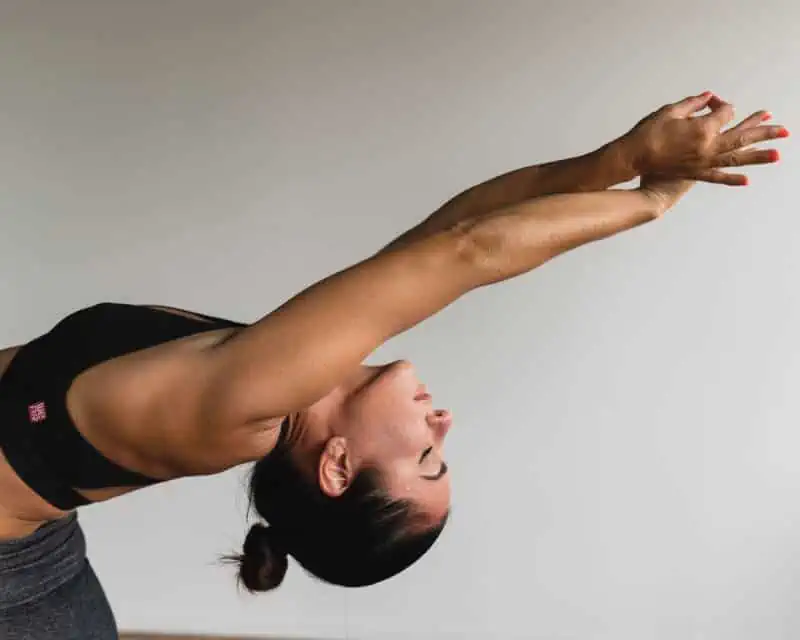
Kundalini yoga and Tantra yoga are very similar yogic styles. However, the main difference is Kundalini yoga is physical and vigorous, whereas Tantra yoga is more spiritual and subtle. Tantra yoga combines mantra meditation, gentle yoga poses, visualization, mudras, and breathing, focusing on developing the qualities of love and devotion.
The common misconception is that Tantra is about uninhibited intimacy. However, the term tantra is about how to use all your energies to make things happen, including intimate energy. One key difference between Tantra and other types of yoga is that Tantra teaches you to achieve liberation via the physical body rather than transcending it. Thus this type of yoga is about connecting deeply to yourself.
Tantric practices like tantra meditation help direct divine powers, including intimate energy, into yourself. This is said to help you break free from ignorance and suffering, allowing you to achieve enlightenment, along with having other benefits like increased self-love and capacity for intimacy.
Top 10 books on Tantra and Kundalini
- Best overall Tantra Book – Kundalini Tantra by Swami Satyananda Saraswati
- Best practical guide to Tantra Yoga – A Systematic Course in the Ancient Tantric Techniques of Yoga and Kriya
- Best book on the history of Tantra – Tantra Illuminated by Christopher D Wallis
- Best for guided meditations – The Power of Tantra Meditation by Artemis Emily Doyle
- Best for advanced practitioners – Tantra: The Supreme Understanding by Osho
- Best book on Kundalini energy – The Serpent Power: The Secrets of Tantric and Shaktic Yoga by Arthur Avalon
- Best short book on Kundalini Yoga – The Psychology of Kundalini Yoga by C.G. Jung
- Best book on Hindu Tantrism – Tantra: Path of Ecstasy by Georg Feuerstein
- Best book on the chakras – The Chakras: Kundalini Yoga As Taught By Yogi Bhajan
- Best book on Tantric Yantras – Tools for Tantra by Harish Johari
Best books on Tantric and Kundalini
As a mystical practice, especially the Buddhist tantra style of Vajrayana, the exact techniques of tantra meditation are not widely known. Therefore, it’s best to seek out a guru or guide when learning Tantra.
However, if you cannot travel to a tantra school, there are online groups you can join, such as Tantra Unlimited. You can also deepen your knowledge of Tantra through independent study. Here are 10 excellent books for learning more about authentic Tantra and Kundalini.
Kundalini Tantra/2012 Re-print/ 2013 Golden Jubilee edition
See latest priceKundalini Tantra by Indian guru Sri Swami Satyananda Saraswati is one of the most well-known and renowned books about Tantra. Initially written in 1969, Kundalini Tantra has been reprinted seventeen times and translated into many languages.
This 2012 reprint presents a systematic and pragmatic approach to awakening kundalini energy in a very in-depth and detailed way. Along with tantra meditation, Satyananda Saraswati details other tantra practices.
Satyananda Saraswati breaks down a lot of misconceptions that some of the newer gurus are responsible for creating. He reveals the real intimate aspect of Tantra, how intimate energy can be used for kundalini awakening, and the dangers of using it in the wrong way.
A Systematic Course in the Ancient Tantric Techniques of Yoga and Kriya
See latest priceA Systematic Course in the Ancient Tantric Techniques of Yoga and Kriya is one of Swami Satyananda Saraswati’s other 80 books about yoga. This one is perhaps even more comprehensive than Kundalini Tantra. It is also more of a practical guide, whereas Kundalini Tantra is more theoretical.
The book includes 36 structured lessons on the practices of integral yoga. Satyananda Saraswati does an excellent job of breaking down a complicated topic into one that is easy to understand. Thus, it is suitable for all levels of yogis, including those with little to no prior knowledge.
What’s more, the knowledge in part 1 and part 2 are designed like a lesson plan to help you build a daily practice. The third part focuses on Kriya yoga and how these cleansing practices can lead to a Kundalini awakening. This section also contains an in-depth explanation of the Chakra system.
If you’re a beginner looking for the ultimate practical guide to developing a yoga practice, this is it!
Tantra Illuminated: The Philosophy, History, and Practice of a Timeless Tradition
See latest priceTantra Illuminated by Christopher D Wallis takes you on a fascinating journey through the history, philosophy, and practice of the timeless teachings of Tantra. It reveals the rich history of this 1,500-year-old practice with translations and explanations of the primary Sanskrit Tantra scriptures.
While it is quite a dense book, Tantra Illuminated flows well and engages the reader, making it more accessible than other academic-style books. It also exclusively focuses on the Classical Saiva Tantra lineage, not the misinterpreted Neo-Tantra style that emphasizes passion.
Because this book goes very deep into history and philosophy, it’s one of the best books for anyone seeking to understand the roots of the Tantra and its true purpose. The last section is fascinating, too, as it discusses human psychology, how to control the mind, and how the three traditional “Means” to awakening can relate to modern-day life.
The Power of Tantra Meditation: 50 Meditations for Energy, Awareness, and Connection
See latest priceSuppose you’re ready to jump straight into practicing Tantric meditation. In that case, this is the best hands-on book as it is full of practical guidance and guided meditations. Many meditations require no previous experience, so it is an accessible way to begin your meditation journey. In addition, some are aimed at those with experience, helping them progress along the Tantric path.
Aside from the powerful guided meditations, Artemis details the history of the tradition and the main principles of tantric practice. Overall, the book is well-organized, easy to read, and non-dogmatic. What’s more, because of the style of the book, it is one you will come back to time and time again.
Tantra: The Supreme Understanding
See latest priceTantra: The Supreme Understanding by the famous Indian guru and meditation teacher Osho is one of the best-selling books on Tantra. In this book, Osho gives insights into the ancient Tantric song/poem by Tilopa.
Osho gives a great explanation of how Tantric meditation techniques are still relevant to modern-day yogis. Aside from meditation, Osho provides guidance on using Tantra in many ways, such as through breath work, devotional practice, and purifying your karma in daily living.
However, it is perhaps one of the more dogmatic books on the subject, and some of his views are pretty radical. Moreover, as his messages are very thought-provoking, they can get lost on practitioners without prior knowledge of yoga and meditation. Thus, this is one of the best books for advanced practitioners looking to gain a deep understanding of tantric meditation.
The Serpent Power: The Secrets of Tantric and Shaktic Yoga
See latest priceFor those interested in understanding the meaning of Kundalini and how to work with this cosmic energy, The Serpent Power by Arthur Avalon is for you. First, the book covers the mythology around Shakti and the creative, feminine energy she possesses. It then discusses Kundalini’s association with the chakras and how this ancient practice opens them.
The 600-page book, first published in 1919, also contains English translations of two of the most essential Tantric documents, The Description of the Six Chakras and the briefer Five-fold Footstool. Understanding these teachings will help you comprehend Kundalini yoga further.
Not only is this book long, but there is so much to unpack, so you’ll likely need to reread it a few times as you progress in your spiritual practice. Moreover, because of its depth, beginners may struggle to fully understand parts. Still, it will undoubtedly evoke many revelations for serious yoga practitioners.
The Psychology of Kundalini Yoga
See latest priceThe Psychology of Kundalini Yoga by C.G. Jung is another must-read for Kundalini practitioners. However, unlike The Serpent Power, this book is a short read, at just 176 pages. Therefore, it’s not so in-depth and heavy. Instead, it serves as an excellent introduction to the practice of Kundalini and how to access higher realms of consciousness.
The book is split into four sections, where Swiss psychiatrist, Jung, translates complex Indian concepts into Western psychological understanding. He explains the idea of the energy centers and Hindu spirituality very well for the western world. However, it still requires some previous knowledge to understand the terminology. Therefore, it’s ideal for advanced yogis.
Tantra: The Path of Ecstasy
See latest priceGeorg Feuerstein was a German Indologist who wrote over 30 books on Yoga, Tantra, and Hinduism and translated some of the most important Hindu texts. In Tantra: Path of Ecstasy, he discusses how Shakti is divine energy that can lead you to infinite bliss.
Despite what the name suggests, the book is not about achieving ecstasy through physical intimacy but how you can achieve it in life through enlightenment. Feuerstein dispels many common misconceptions about Tantra and introduces the true philosophy of this spiritual practice.
While Feuerstein acknowledges that Tantric teachings are found in Jainism and Vajrayana Buddhism, this book focuses on how the philosophy fits in with Hindu beliefs. Moreover, he does so in an accessible and easy-to-understand way. It’s purely theoretical, though, as it doesn’t teach the Tantric practices. Still, it makes a fab addition to a more practical, hands-on Tantra guide.
What’s more, despite being an academic-style book, as it is well written and readable, it could be suitable for beginners.
The Chakras: Kundalini Yoga As Taught By Yogi Bhajan
See latest priceIn the book The Chakras, Yogi Bhajan, who is often referred to as the Master of Kundalini Yoga, thoroughly explains what the chakras are and how to balance them. He not only details how to strengthen each energy center but explains the relationship they have with each other.
As the chakra system is a crucial part of Kundalini yoga practice, this book is a brilliant addition, along with others, for Kundalini enthusiasts.
Tools for Tantra
See latest priceThis short book isn’t a comprehensive Tantra guide, but it focuses on a particular Tantric practice; the use of Tantric yantras. Yantras are precise geometric diagrams with specific forms and colors. They are ancient tools for self-realization, believed to help you obtain mystical power. Still, they are one of the most forgotten Tantric practices in the modern world.
Tools for Tantra teaches you about this unique and lesser-known part of Tantric meditation, which can help you progress along your spiritual path. You’ll discover the power yantras have when combined with rituals and will learn how to create your own, with step-by-step instructions on construction, coloring, and usage.
This intriguing book will give you a greater appreciation of the symbolism, a more powerful meditation practice, and new knowledge of the Tantric gods and goddesses.
How to do Classical Tantric meditation

Tantric meditations differ between philosophies and schools; thus, so do the meditation techniques. This tantric meditation is based on the classical Tantric ritual called Nyasa, which involves touching different body parts while chanting specific parts of a mantra.
While touching, you should visualize the energy of the mantra or deity entering your body. It is similar to the body scan part of Yoga Nidra, where you move your awareness between body parts.
- Find a comfortable seated position, sitting with a straight spine. Take a few deep breaths and allow your awareness to settle on the present moment.
- Become aware of any physical sensations you may feel in your body, along with the movement of the breath.
- Lightly place your hand on your right foot as you shift your focus there. Feel the sensations of the foot as you visualize it full of golden light. As you exhale, imagine the golden energy expanding to the corners of all five toes.
- Move your hands and focus on your left foot, visualizing the entire foot full of golden light. Take a few breaths here.
- Now move up to your right ankle, using the same technique here.
- Next, move to the left ankle, the right calf, the left calf, the right thigh, and the left thigh.
- Shift your focus to your pelvis and hips. Place your hands on your hips as you visualize this entire region filling with golden energy. See the power expand to your buttocks, reproductive organs, and anus, moving your hands around this area as you do.
- Move your awareness and hands to your lower abdomen, breathing golden light into the abdominal organs.
- Let the light move up your spine to your upper abdomen before filling your rib cage, chest, and mid-back. Move your hands to each area as you visualize golden light spreading there.
- Envision the light moving up your spine further, filling your upper back, chest, and heart center before expanding to your shoulders. Allow your hands to naturally follow the visualization.
- Next, slowly move down the right arm to the tip of the fingertips. Do the same with the left arm.
- Come back to your neck, visualizing the energy feel your throat chakra. See the light move up to your head as you move your hands to your cheeks, lips, nose, eyes, eyebrows, ears, and forehead. Envision light filling the entire head and penetrating the third eye chakra.
- Feel the divine light enter every cell of your body, purifying all the organs and supplying you with divine energy.
- On your inhale, breathe in the light. On your exhale, let it flow out into the world. Do this a few times.
- Let your breath settle and take a few minutes to rest in this sensation before opening your eyes and finishing the meditation.
You can also try this 15-minute guided Nyasa meditation by Tioka Yoga, which follows a similar but more in-depth method to the one above.
Tantra colors: red Tantra vs. white Tantra
In the 21st century, there is a lot of confusion around the association between Tantra and intimacy. Moreover, as the ancient Tantric scriptures can be hard to interpret, there are different approaches to this spiritual practice.
Therefore, the style of practice can be described by a tantra color; the two most common colors are white and red.
White Tantra (Tantric yoga) is a solo practice where you use traditional Tantric practices like yoga and meditation to achieve enlightenment. Red Tantra (Tantric intimacy) involves physical rituals that aim to create a deeper bond with a partner rather than with yourself. Note that both types of Tantra use intimate energy, but the goal and the range of techniques differ.
There is also Dark Tantra and Black Tantra. These are Neo-Tantric styles as they are purely intimacy-based and don’t relate to classical Tantra nor use practices like tantric meditation.
Final Thoughts on Tantra practices
Tantric yoga is one of the oldest but misunderstood paths to spiritual liberation. However, even if you are not looking to become enlightened, you can still enjoy many benefits from practicing Tantric meditation.
For example, you’ll gain a better understanding of yourself, increased self-love, and enhanced capacity for intimacy. This can then cross over into your relationships, allowing you to form deeper connections with others.
Pop quiz! 🧘🤔
Tantra solely focuses on physical intimacy.
Tantric meditation can include practices like breathwork and visualization.
Kundalini awakening is the ultimate goal of all forms of yoga.


